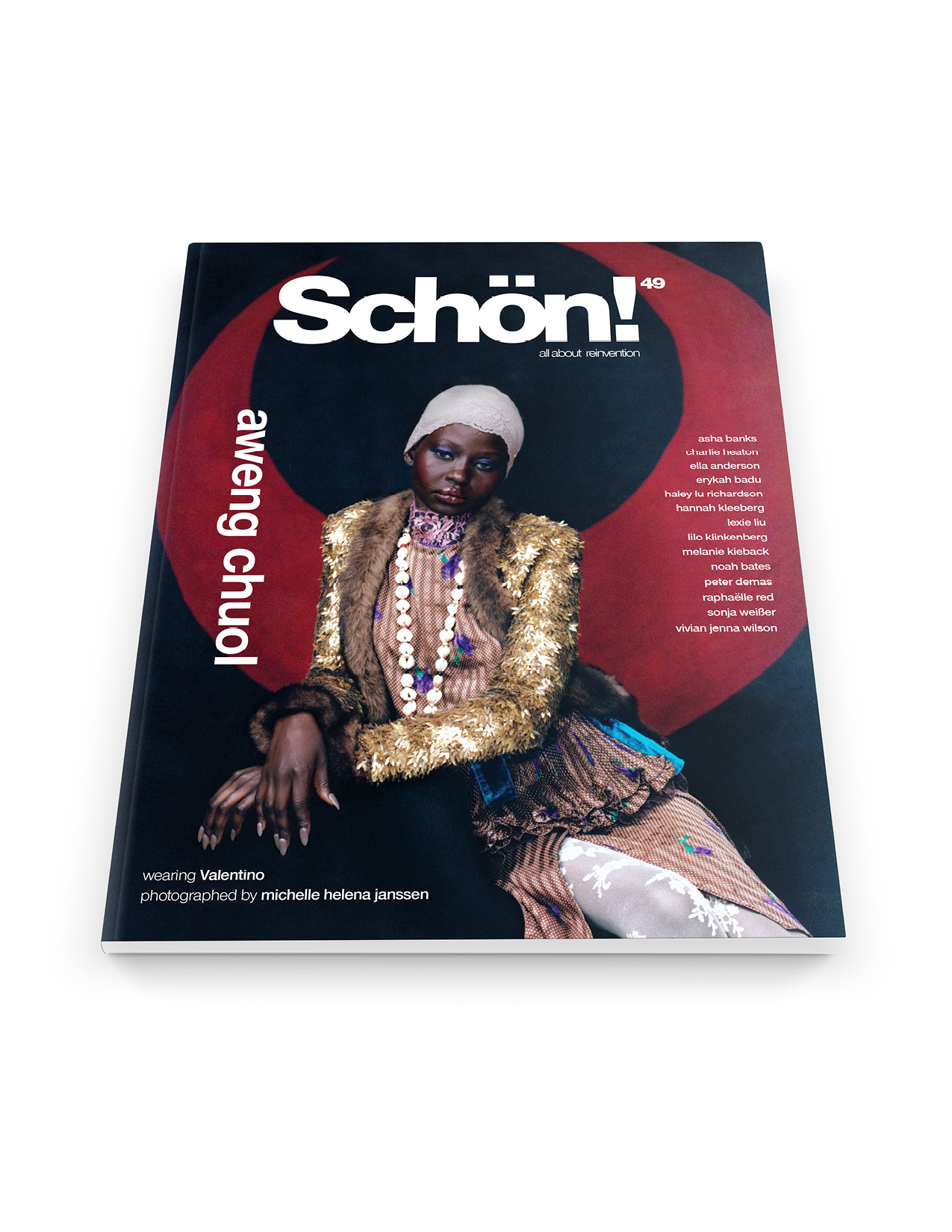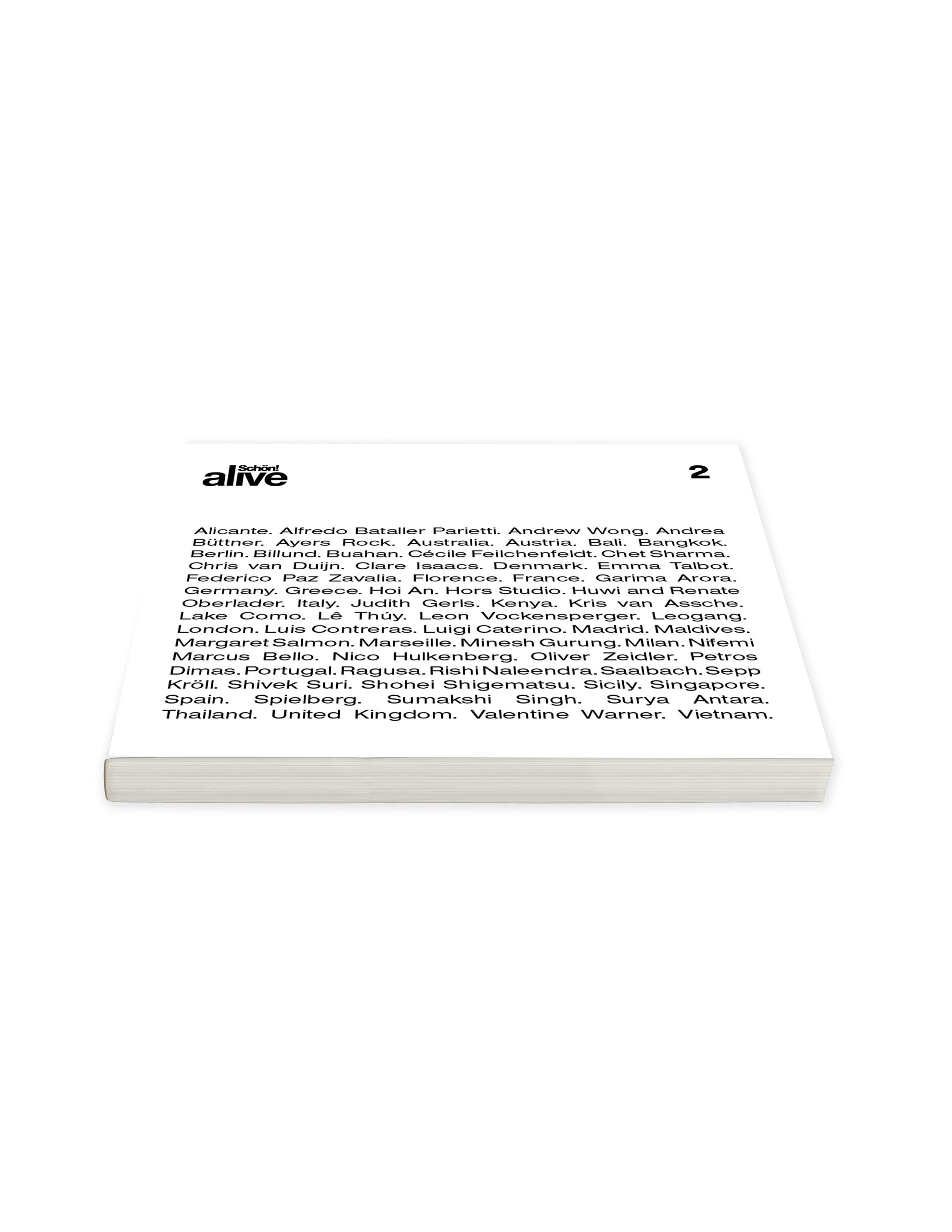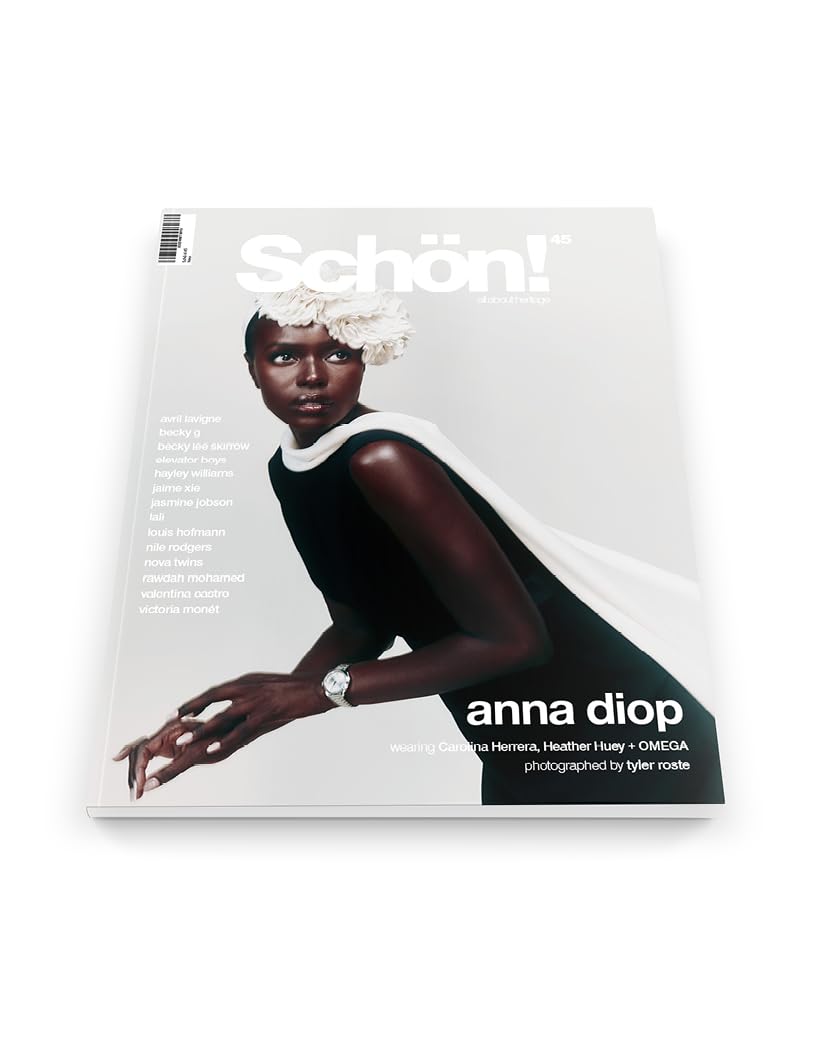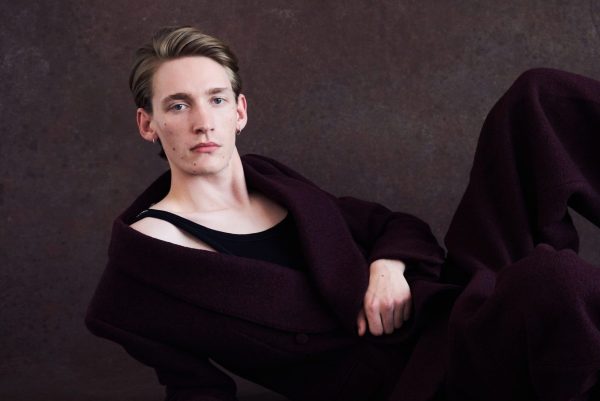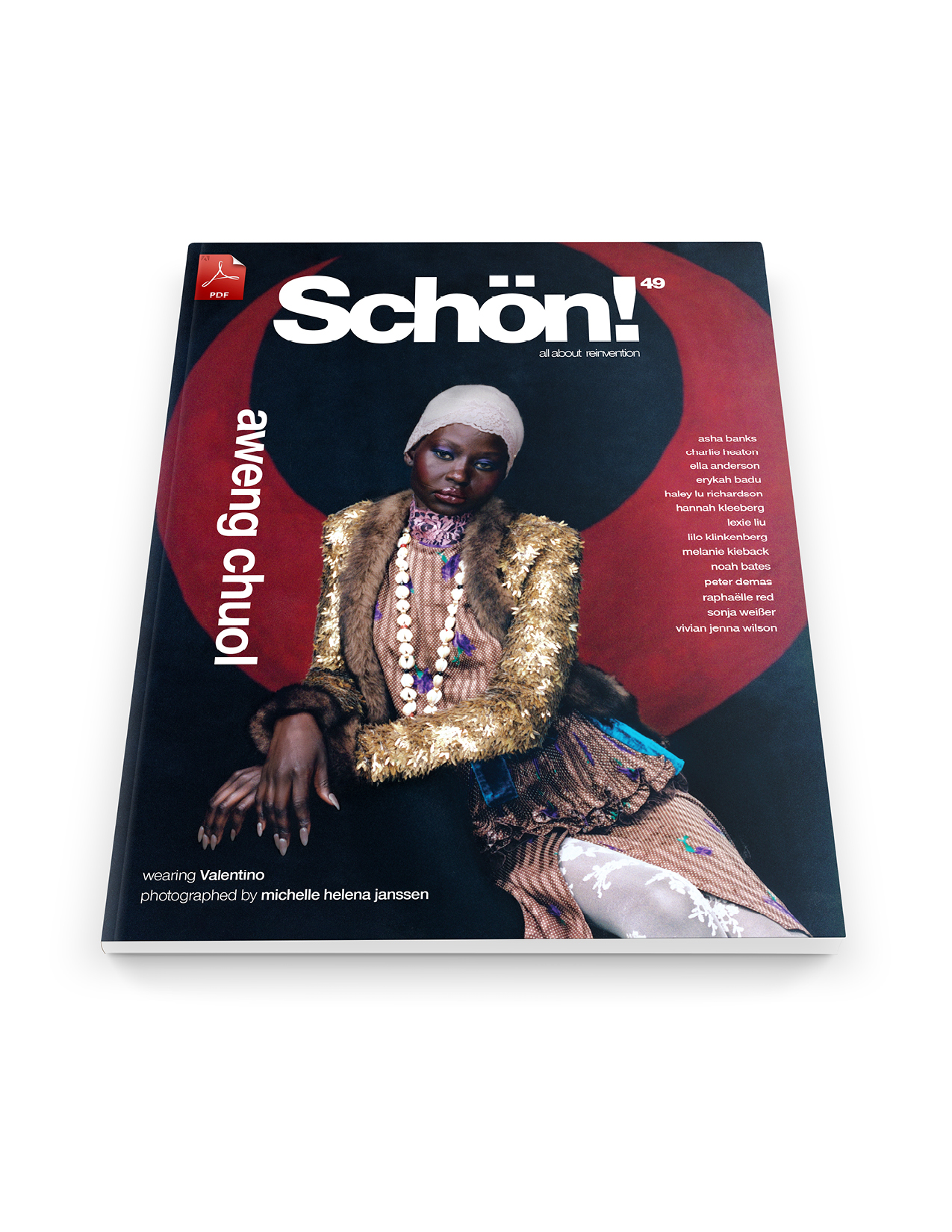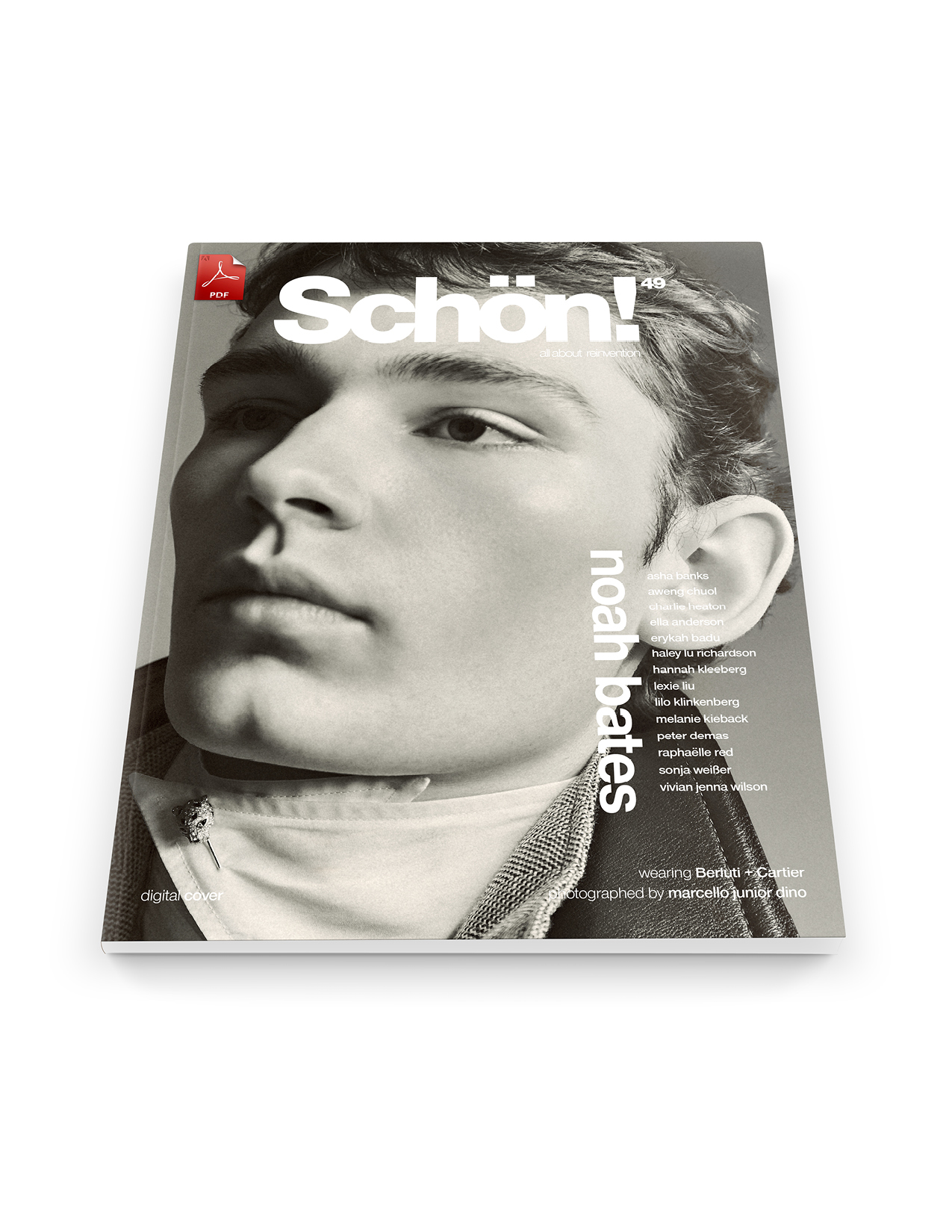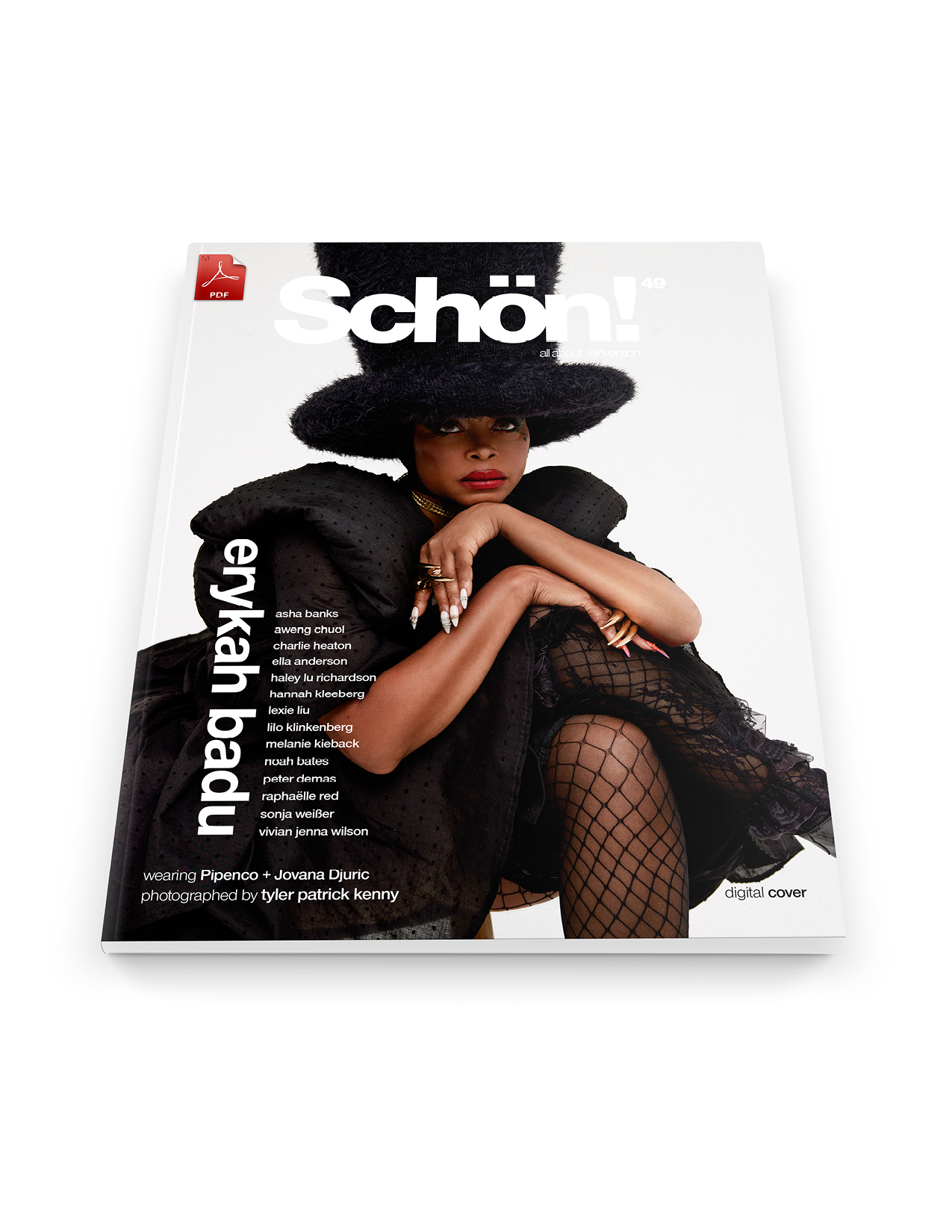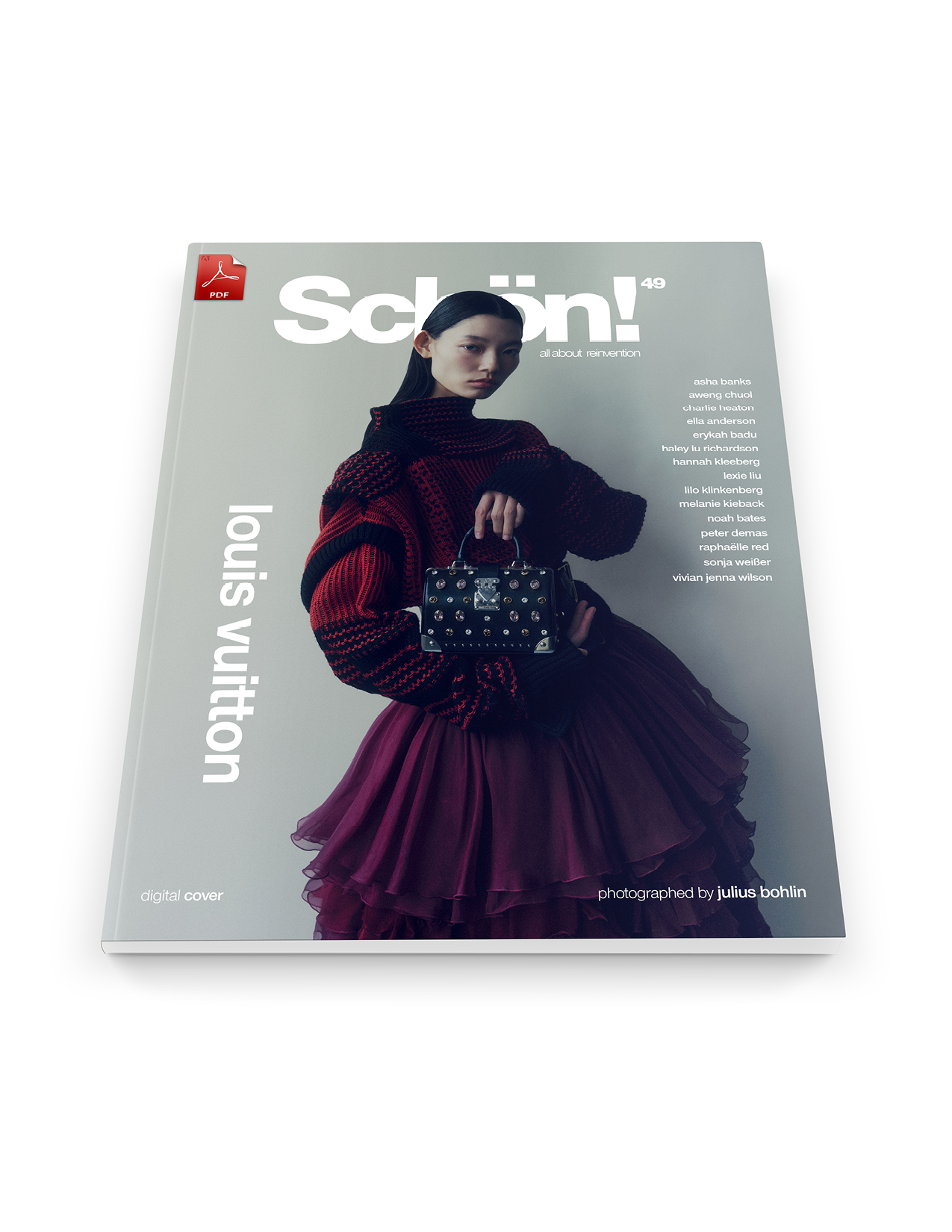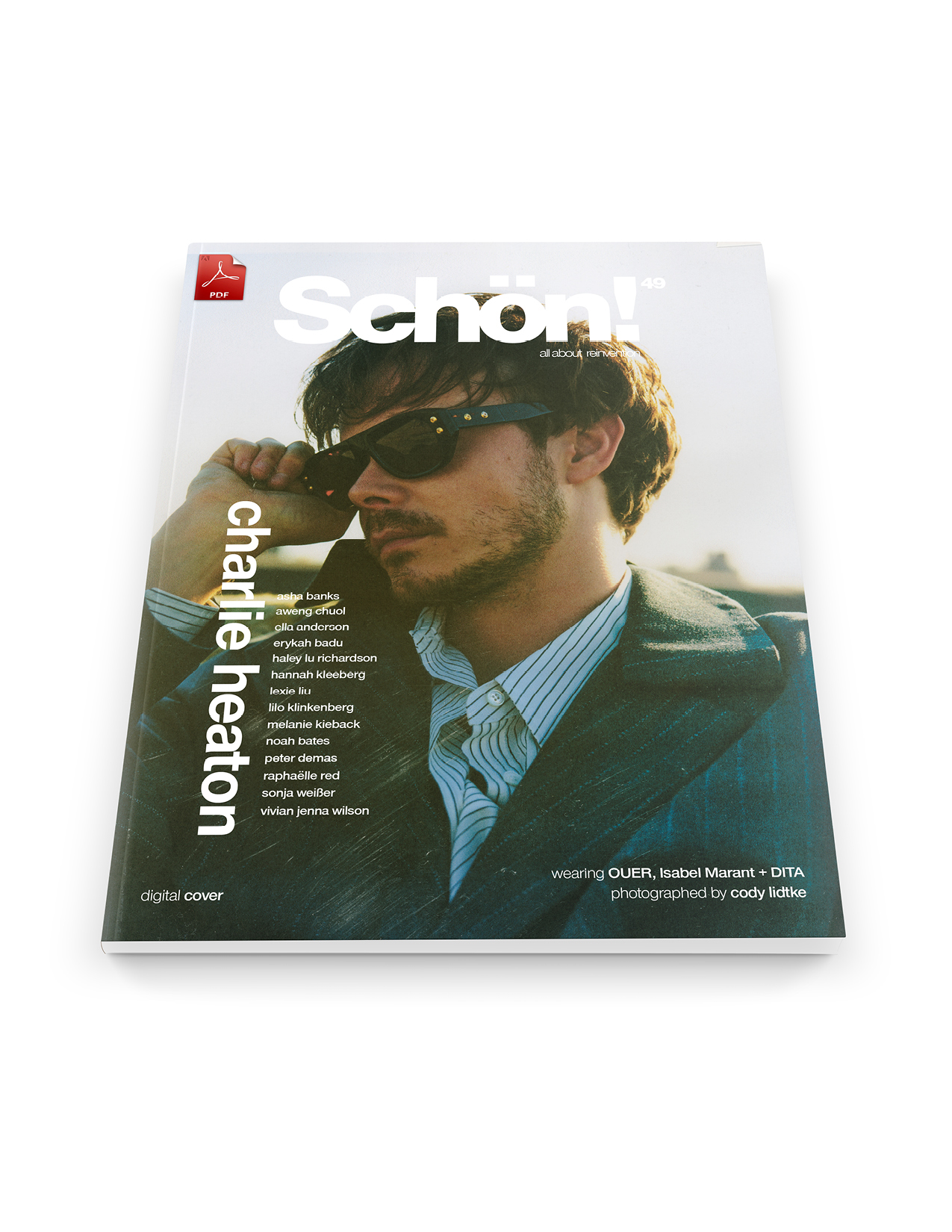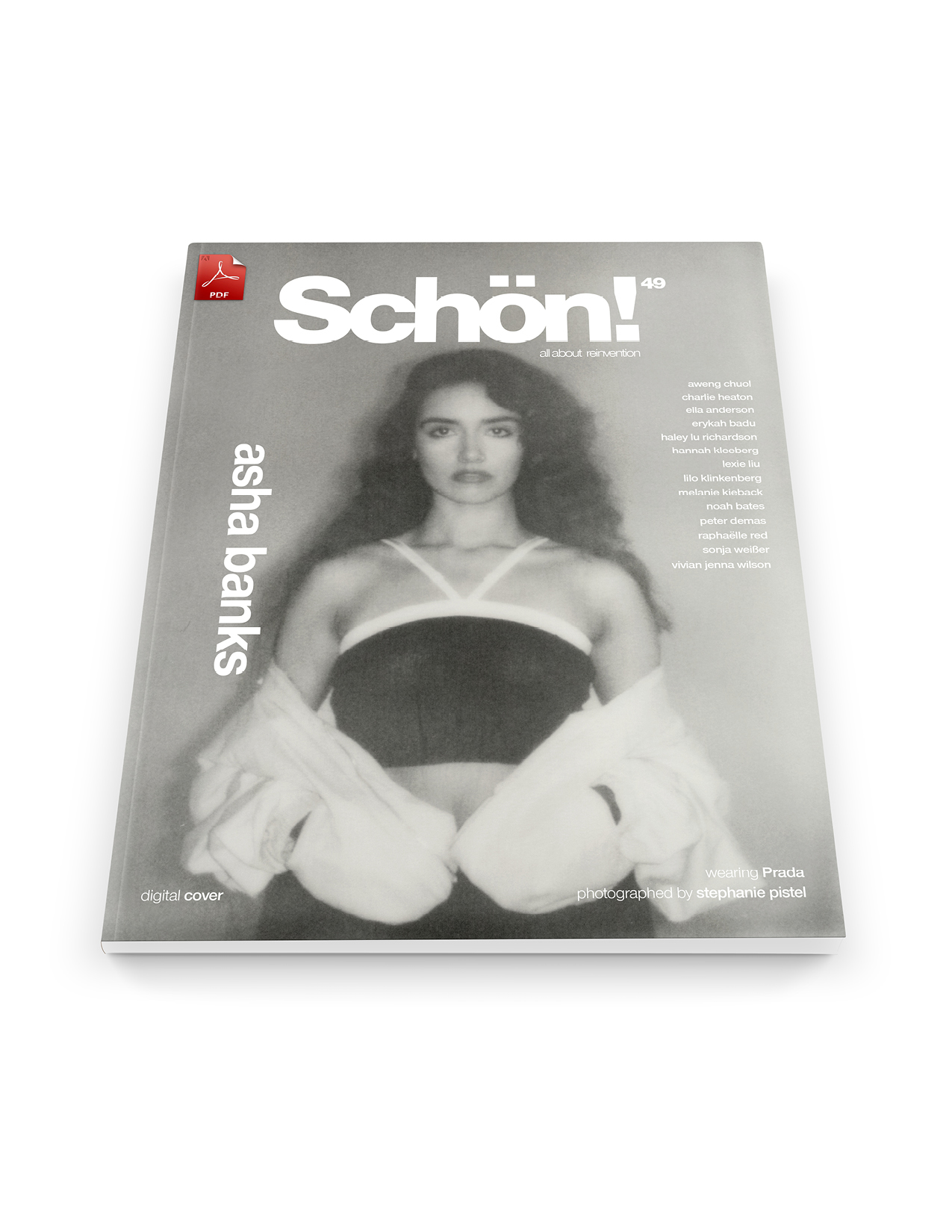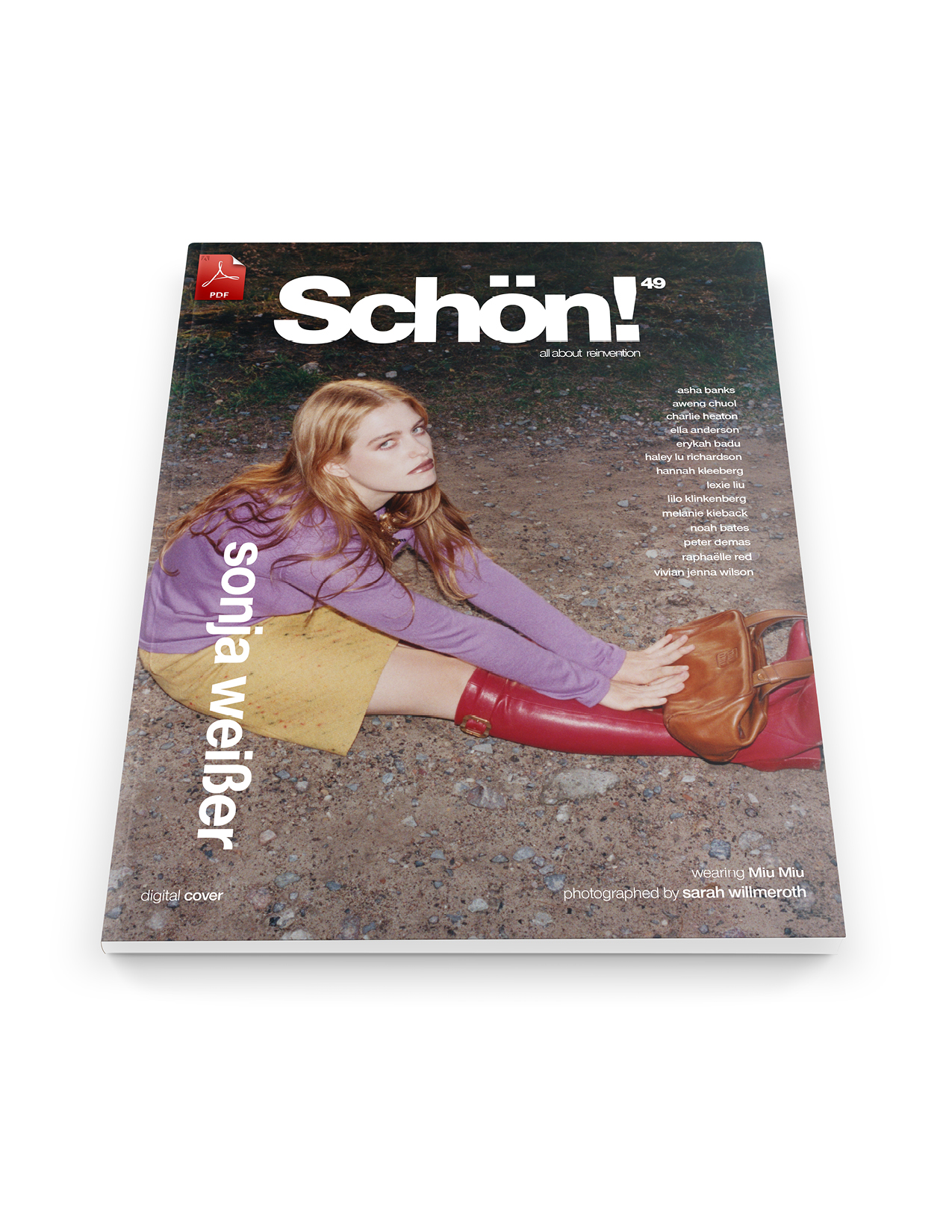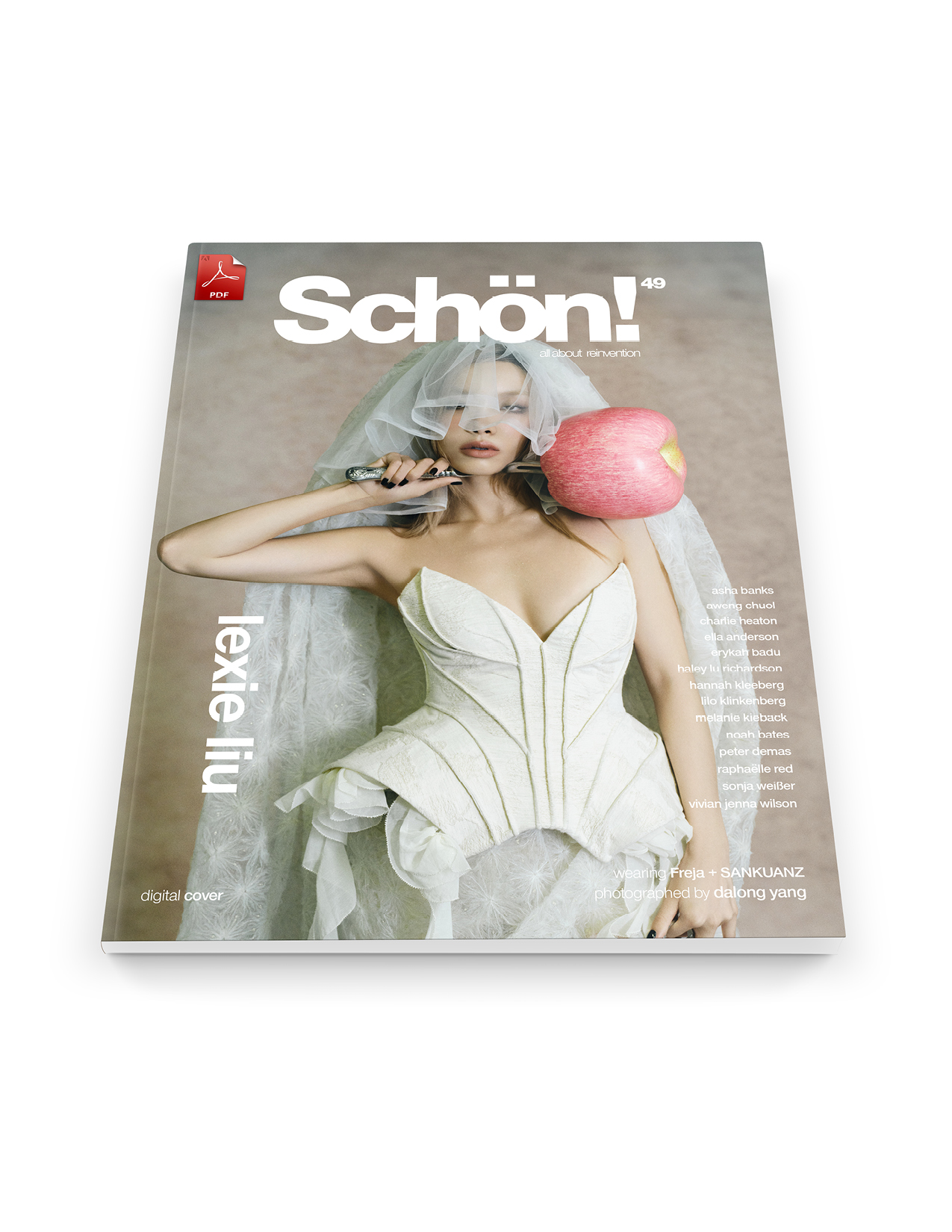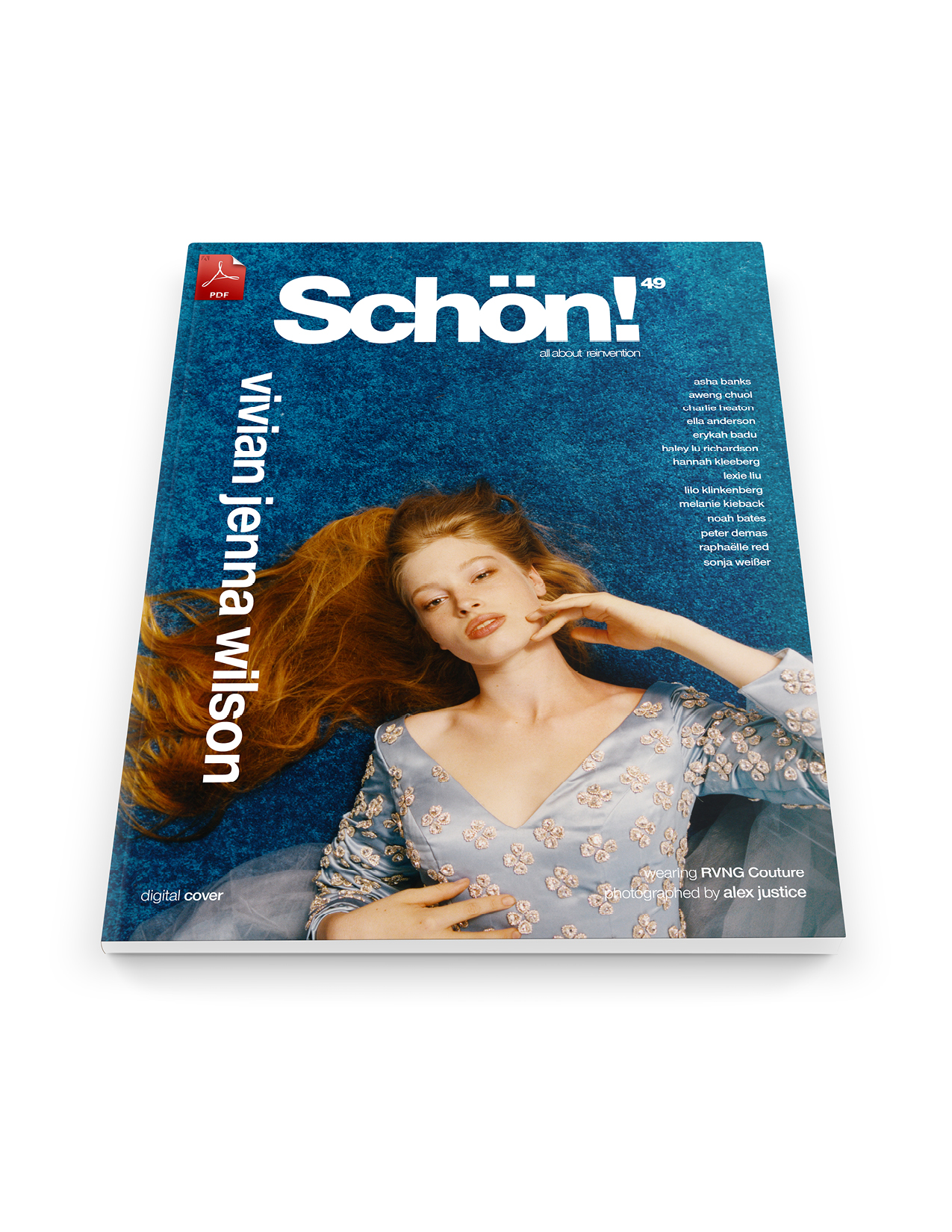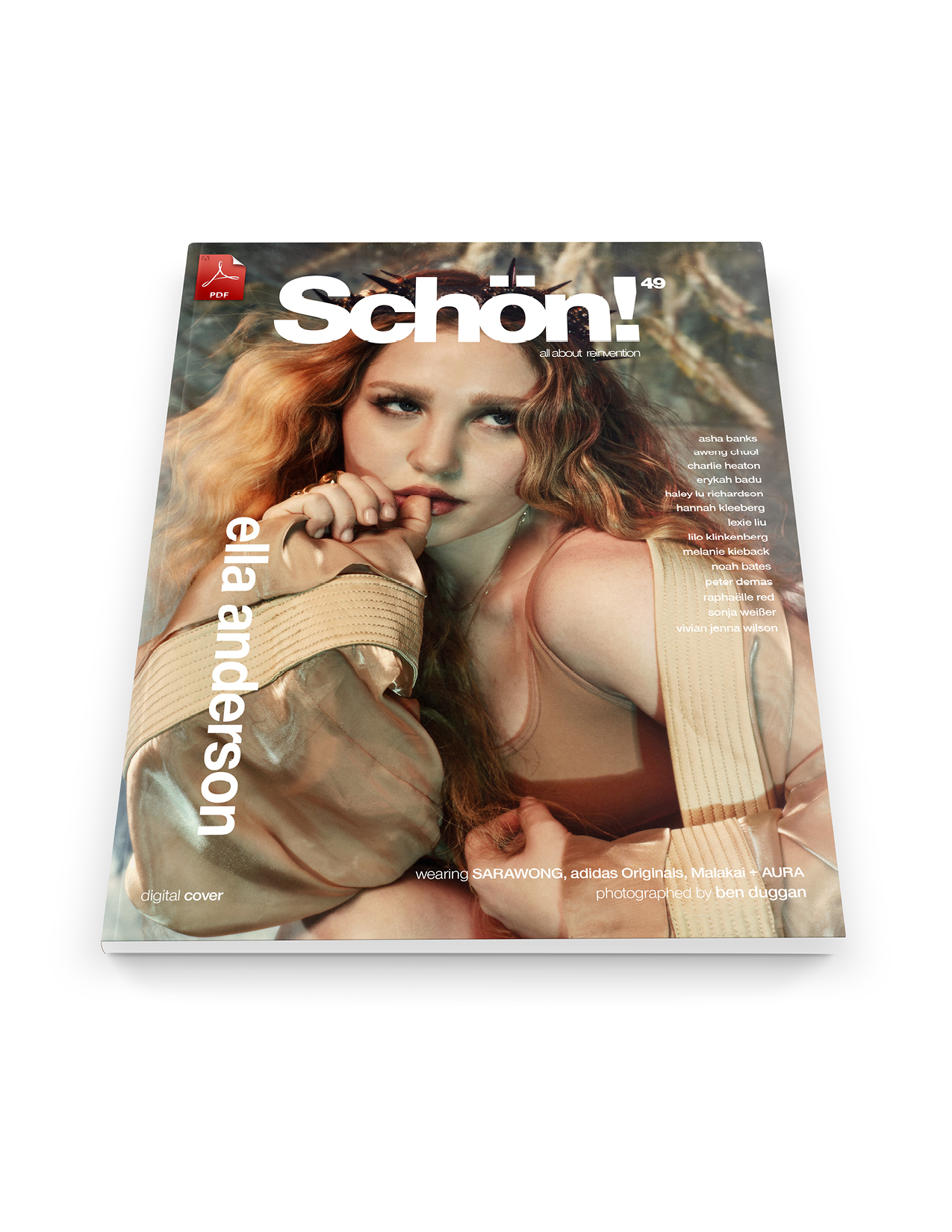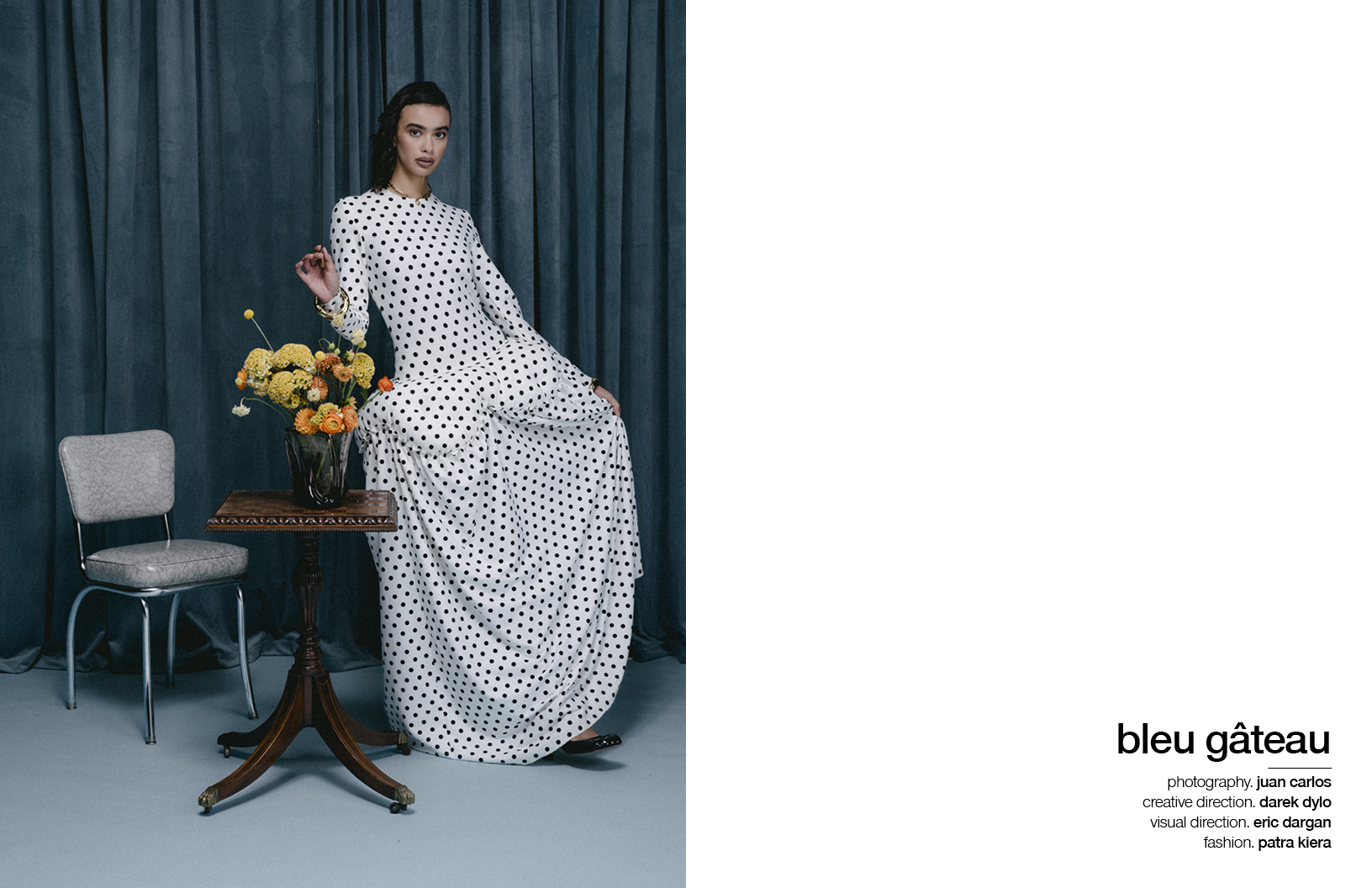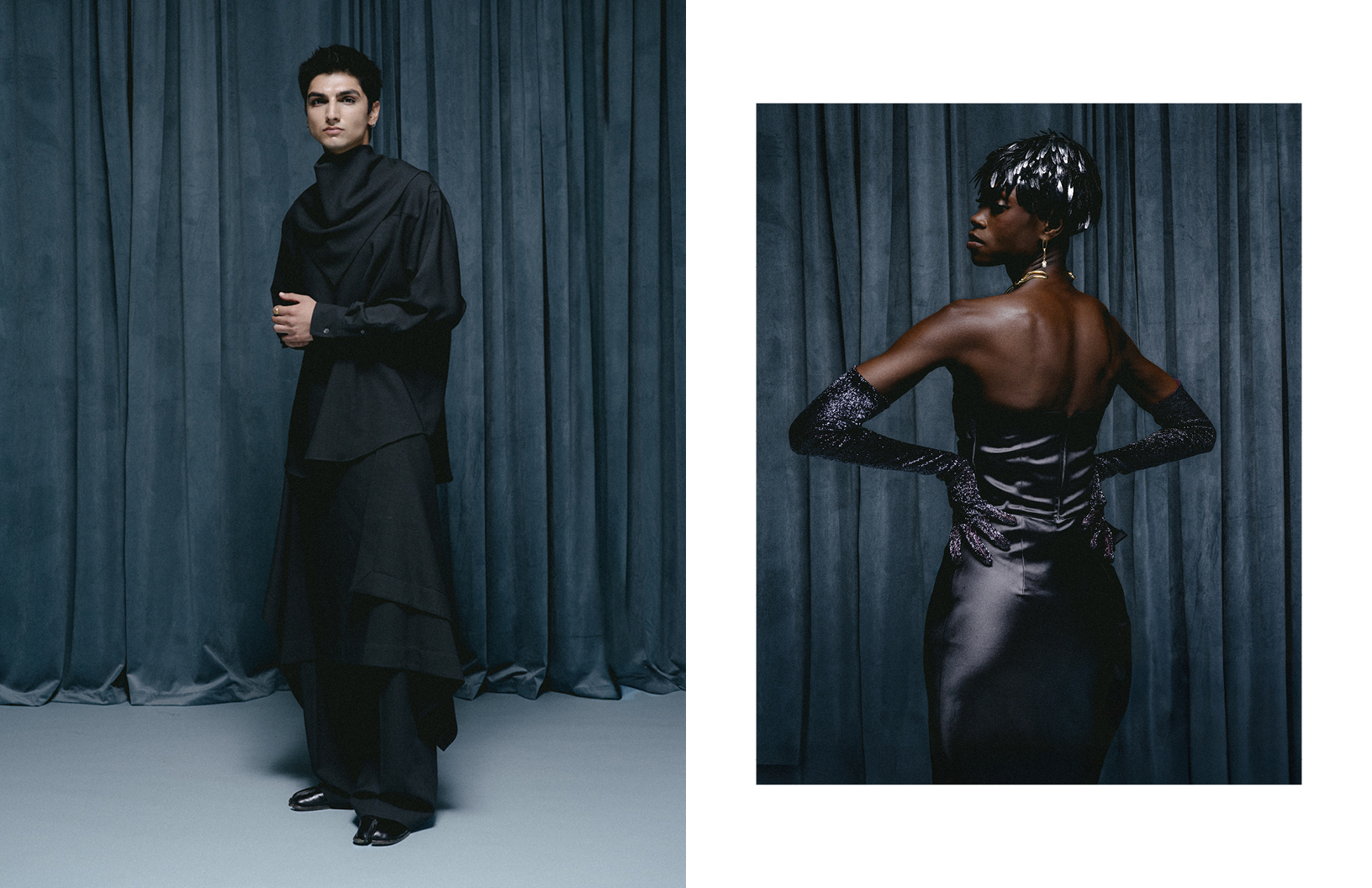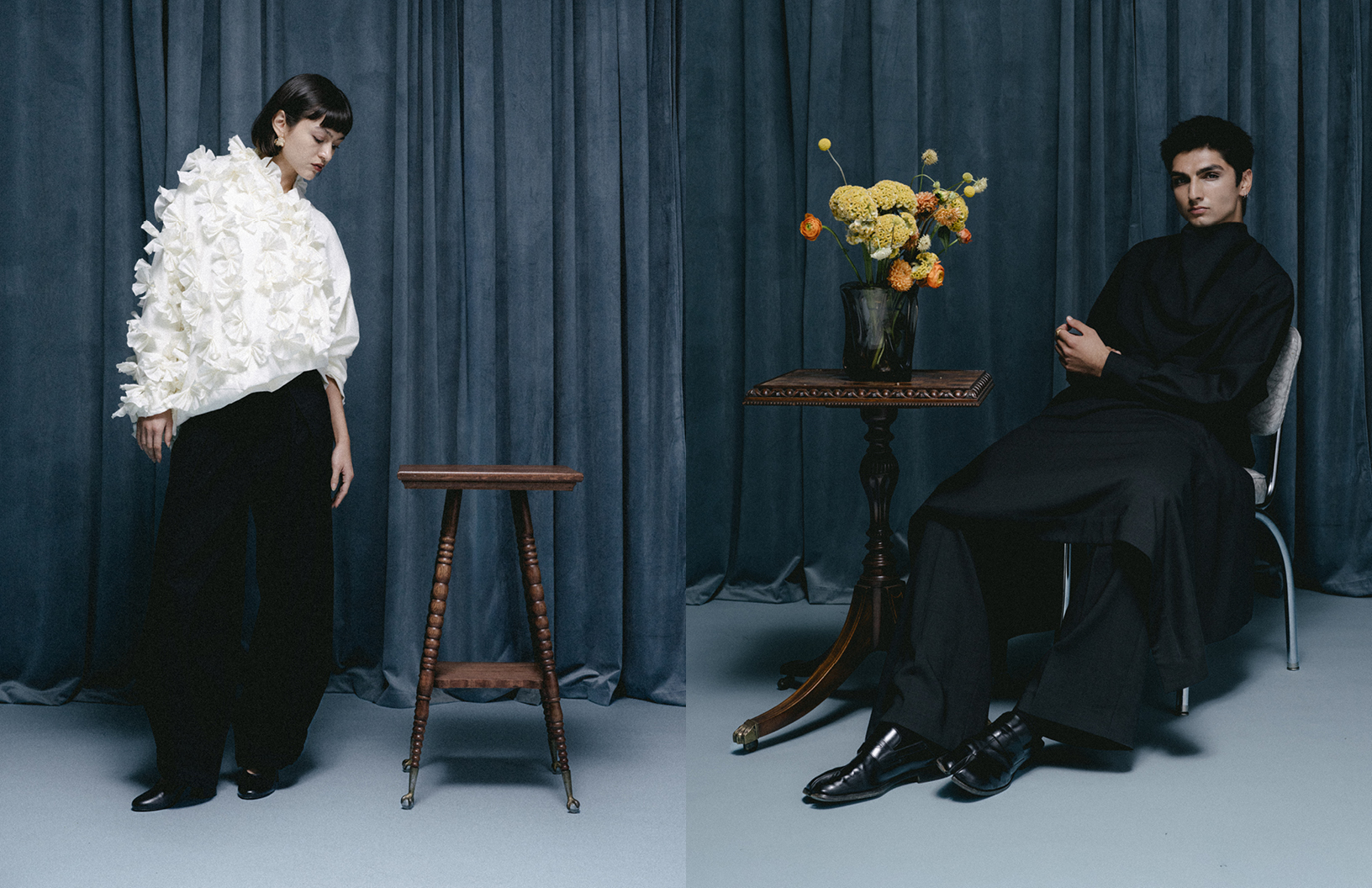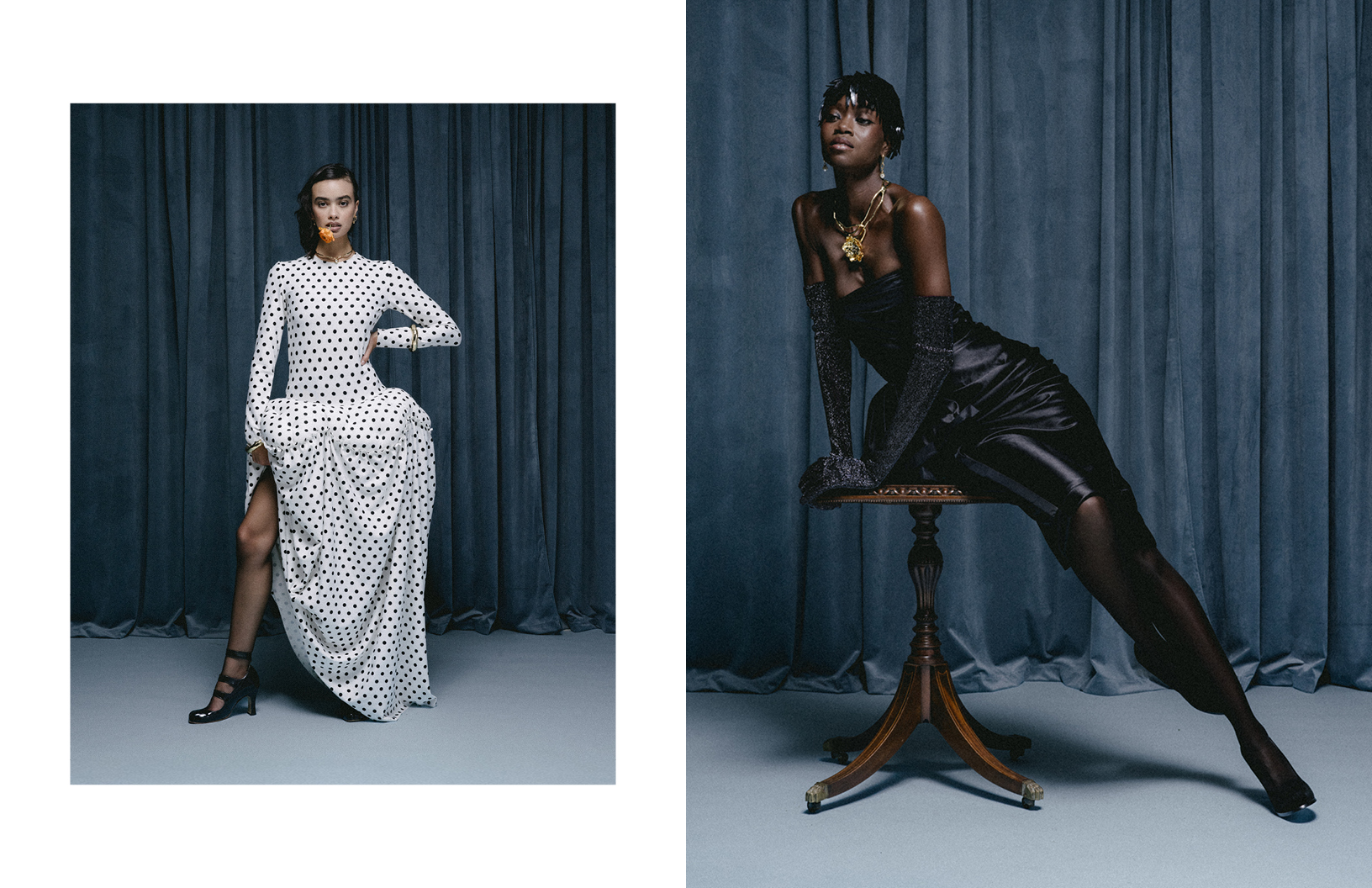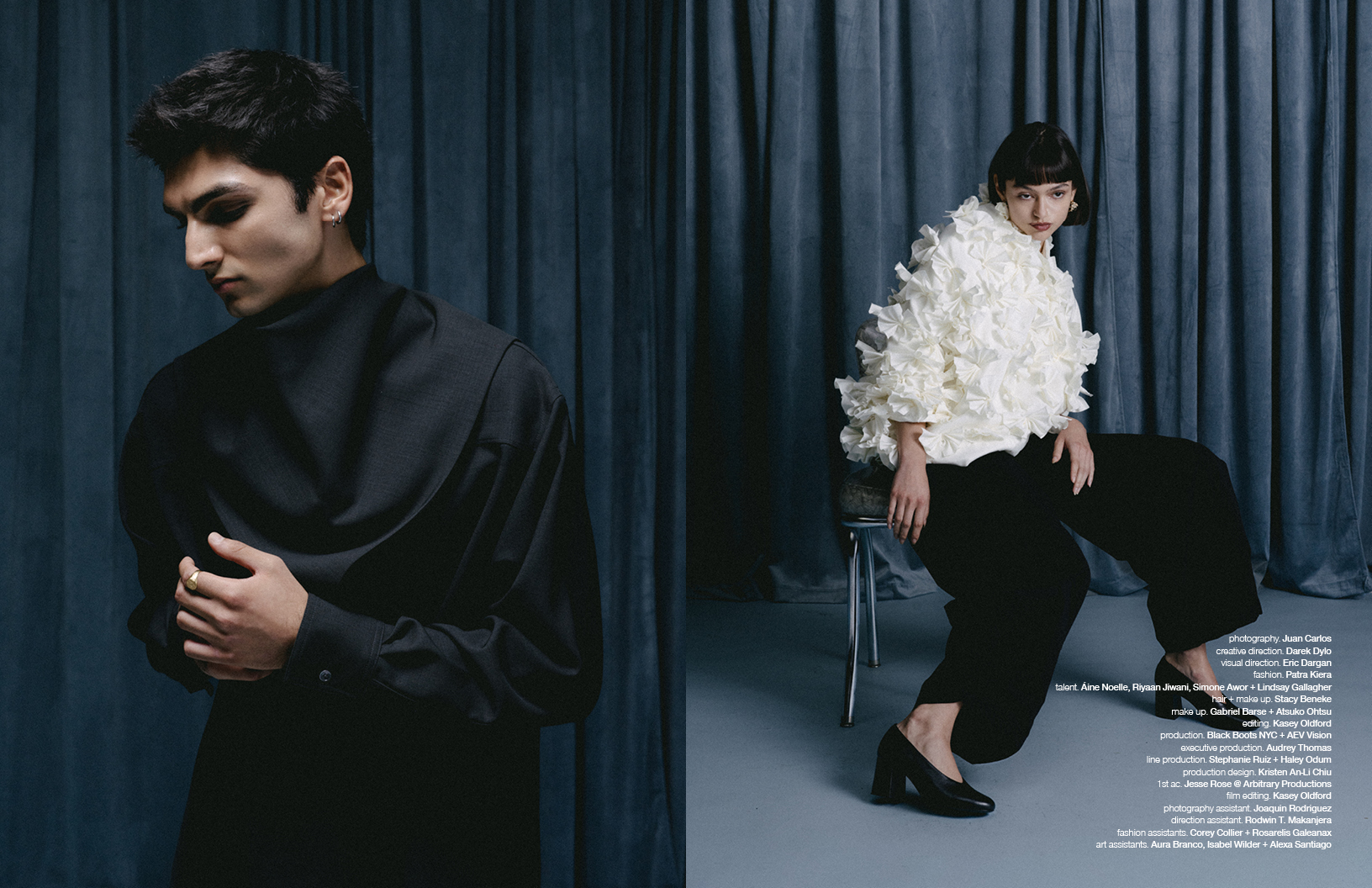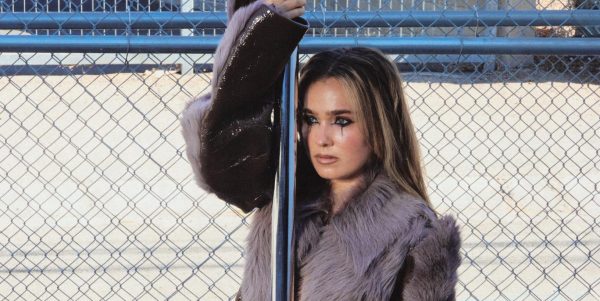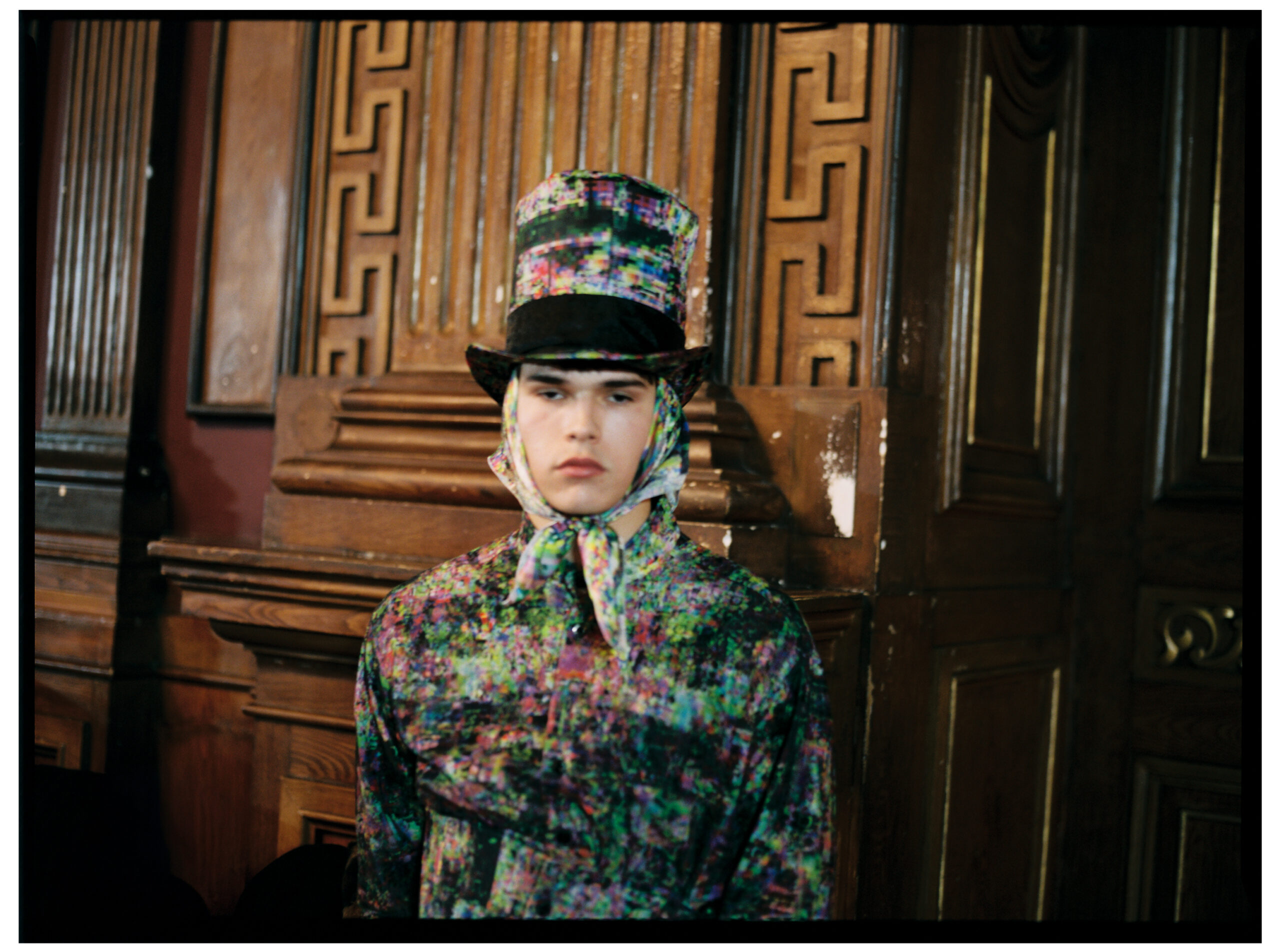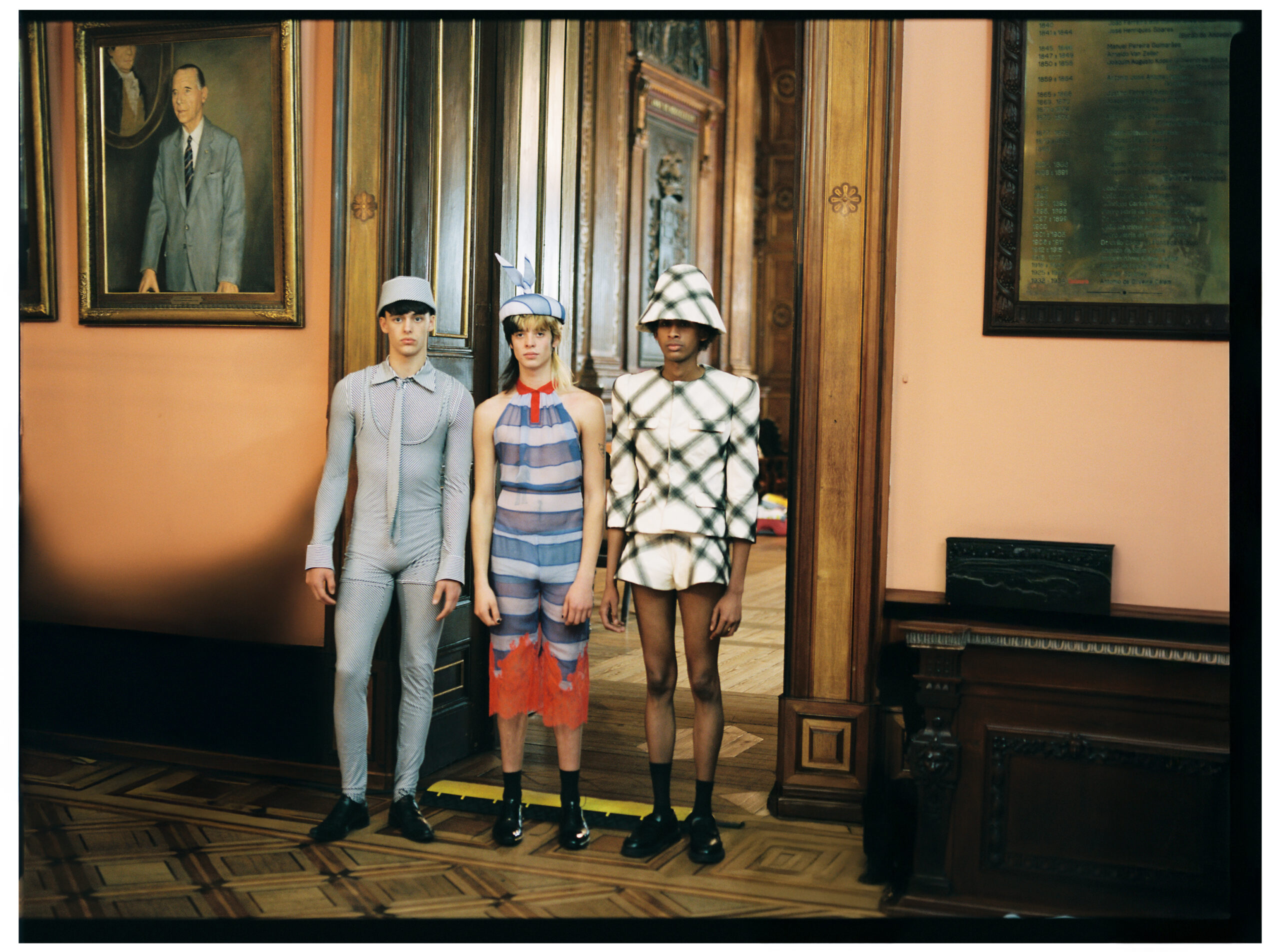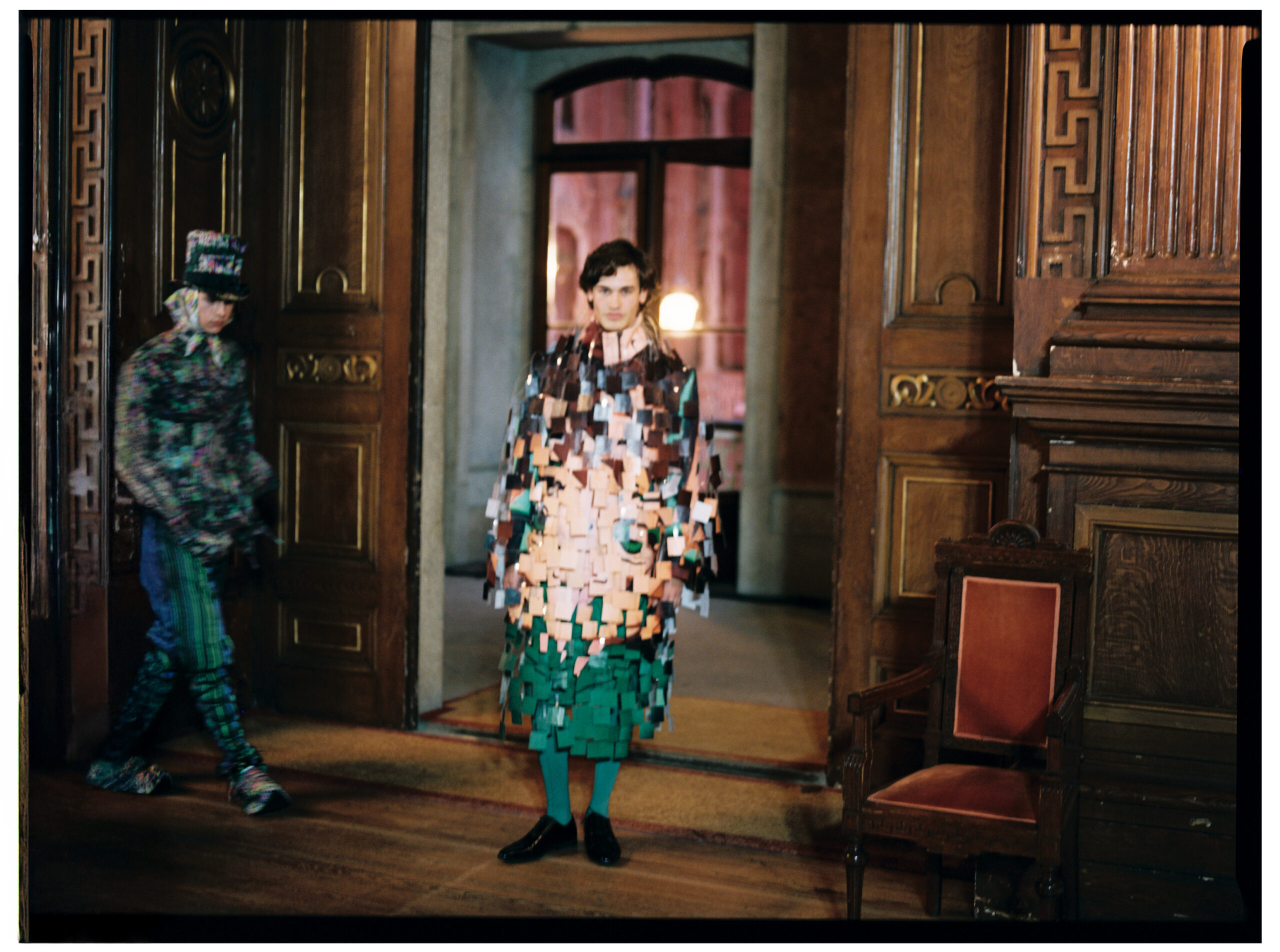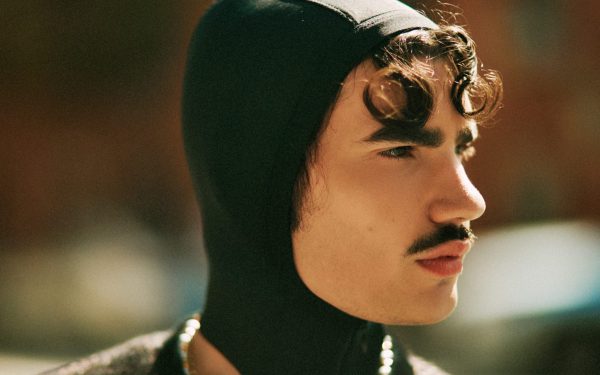
Black tie is synonymous with sleek, formal, and masculine power. With Valentino‘s latest campaign, the iconic label subverts that meaning entirely. Aptly titled “Black Tie,” Valentino’s recent advertising campaign showcases black tie in a new way — one that pushes the boundaries and blurs the line between gender binaries and embraces inclusivity. Fronting the campaign is powerhouse model Kaia Gerber who, with her courageous and fiery personality, sees herself playing to both elegance and power as depicted in the new imagery.
The campaign is captured by renowned photographer Steven Meisel, at the Oheka Castle in New York with Valentino’s Creative Director Pierpaolo Piccioli at the helm of ‘breaking’ the typical norms that define ‘black tie.’ With this reimagining of black tie, Pierpaolo Piccioli breathes a new life into day and evening wear, succinctly capturing the essence of punk spirit while still honouring formal traditions and silhouettes.
Where some depictions of black tie can feel stuffy and lacking personality, the minds of Meisel and Piccioli show the beauty of deconstructing the traditional standards of what society knows as black tie. In turn, the campaign depicts Gerber at her greatest — bold, beautiful, and ready to rebel.




View Valentino’s Black Tie collection now.




